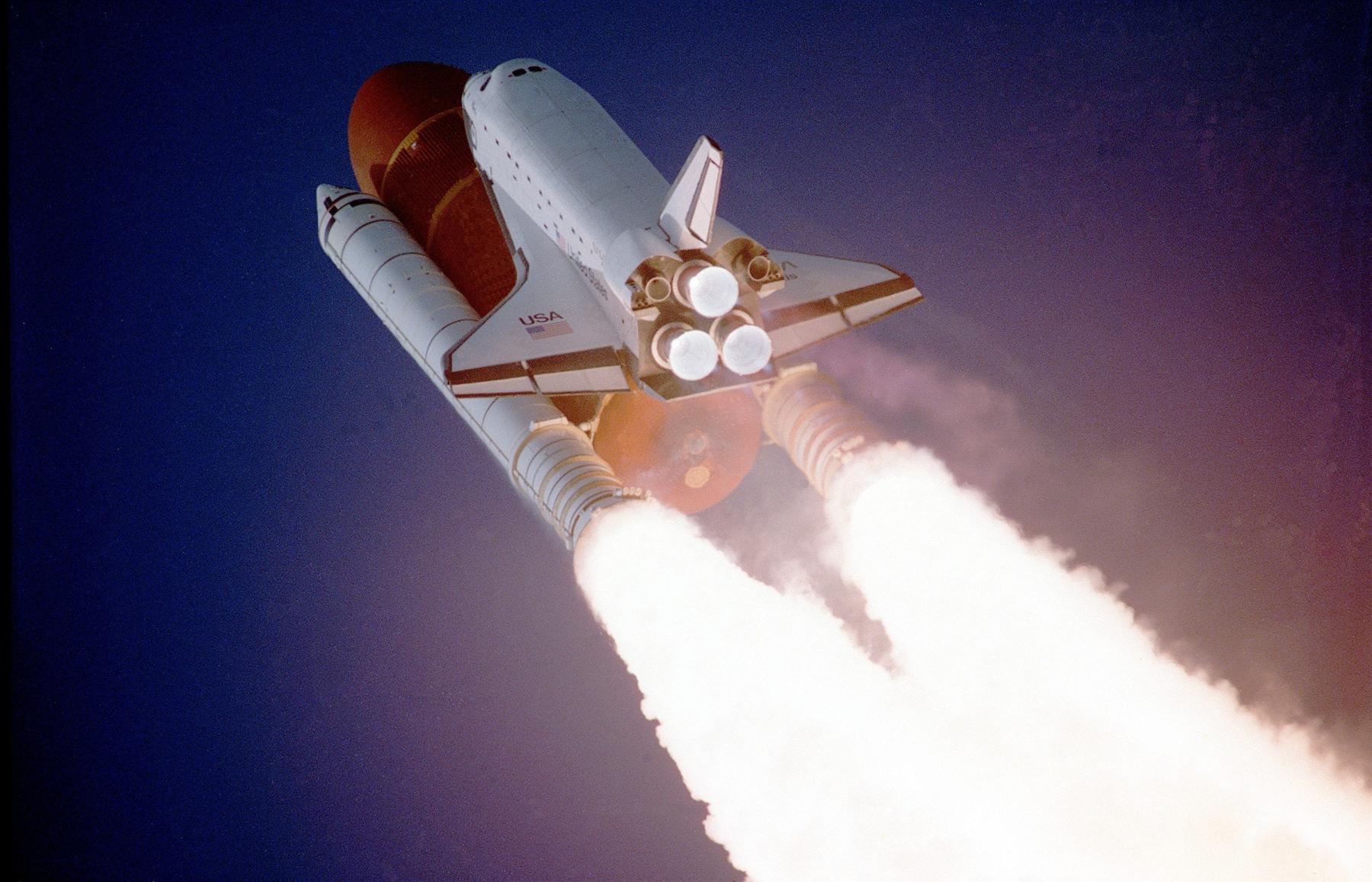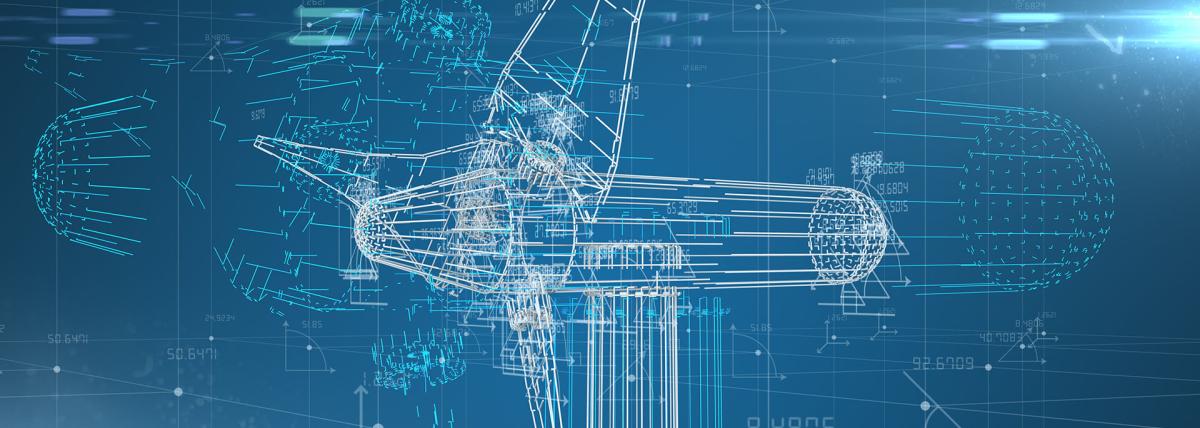
Water Rockets: Balanced and Unbalanced Forces Part 3
This is the 3rd part of the lesson series where students will determine the thrust and stability of their water bottle rockets to answer their essential question: Using the Design Process how can we prove the effects that balanced and unbalanced forces have on a rocket in motion?
Lesson Plan Link/URL
https://docs.google.com/presentation/d/11fD81ydzgzZ2XCY6KV3ZCFuU1O-q6Bzt/edit?u…Subject Area
Science Physical Science P3: Net Force Technology 2. Digital Citizen 6. Creative Communicator Engineering S1: Engineering & Global Society S2: Apply the Engineering Design Process Mathematics Measurement and Data (MD) English Language Arts (ELA) Reading (Informational Text) WritingRelated Content

This is a continuation of lesson 1 and 2. Students will learn about kinetic vs. potential energy and apply that knowledge to their car designs.

This lesson plan focuses on the use of several materials to create a rocket and a launcher. Remodel the rocket as needed to validate Newton’s third law of motion and projectile motion.

Students design and build air powered gliders in this engaging lesson. This is a fun way to teach and apply principles of force as they apply to flight including lift, gravity, thrust, and drag